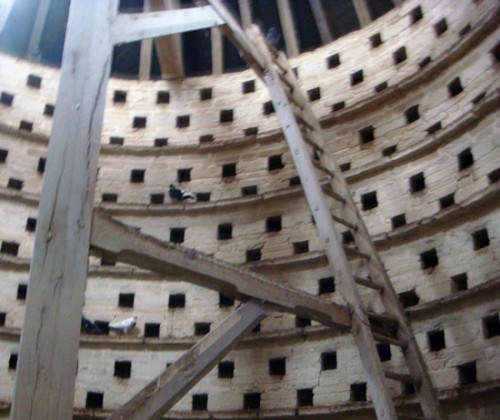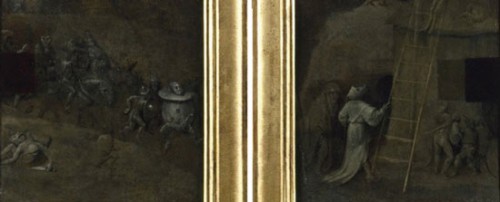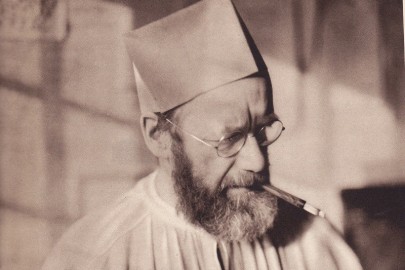
The country house as shipwreck…
The location of artworks around the world is a form of historical record. You could if you wished read the flows of trade and money and power and financial clout over the ages by studying the bills of sale of oil paintings, statuettes, antiquities, in much the same way as you might follow Phoenician trade routes across the Mediterranean by correlating finds and dates of pottery and bronze votives.
So for example you might intuit, by reading their roster of artworks, that the country houses of England were once important places. These were houses and tracts of land so obscenely large that in their day they were able to attract art and artists and architects like Renaissance towns, and while I am as much a Bolshevik as the next man, I will admit to a mild fascination with their quiddity, a fascination just sufficient to offset the natural and healthy desire to run amok with a cudgel and a pitchfork.
Proust describes his first encounters with ‘the quality’ in terms of the submerged and otherworldly; when he sees the Princess de Guermantes and her retinues at the Opera, he likens them to naiads and coral gods at home in their grottoes, inaccessible and strange. So too country houses have something of the shipwreck about them, craggy, ghostlike, and frequented by hoi polloi interlopers, wide-eyed and moving slowly like so many fish. And, like a good Mediterranean wreck – a Phoenician bireme, for instance – they will if you are lucky be spilling over with encrusted treasures.
It was consequently somewhat in the spirit of a marine archaeologist that I visited two such houses in Oxfordshire one day this summer: Rousham for its gardens (designed by William Kent) and Upton House for its art collection.
Upton House has unfortunately been turned into a rather unimpressive 1930s theme park, presumably by the National Trust, keen to sweat its assets. Thus you are invited to handle various objects, play the piano, or have a crack at billiards; it stops short for now at animatronics, but you can overhear recordings of ‘typical’ drawing room conversation as you walk from room to room.
No one can be drawn here by all this. It elucidates nothing. But by comparison, the art on its walls of the old house is peculiarly alive, even if it does not represent, in the modern sense, an experience. And while many of its former confident attributions, chiselled into the gold frames (Rembrandt, Filipino Lippi) are now questioned or rubbished (not least by my travelling companion, the Norbitonian Ray Bartley, who both questions and rubbishes in a loud and irascible sotto voce – he is particularly scathing about the ‘Crivelli’) it remains a great collection: eclectic, rough around the edges, frequently spectacular, and grandly informal – the sort of place where they will lend you a torch to inspect the grisaille front panels of their Bosch (follower of) triptych.
If Upton House suffers from its National Trust branding (the regulation restaurant, gift shop, plant stand and second-hand bookshop, all very studied and gentile) then Rousham contrasts favourably. It is a private house. There are no visitor facilities whatever. You park next to the muddy Landrovers, get a ticket from an automatic dispenser, are advised that no children under 15 are allowed, and left to get on with it. You can visit the house by prior arrangement only (and I hereby courteously extend the reverse privilege to the owners of Rousham; they are also welcome to inspect my garden, but it will cost them a fiver. No pushchairs).
But who would want to visit the house? The gardens are the thing, an early essay in the English landscape style by William Kent in a very extraordinary state of preservation (of course gardens have a way of preserving themselves, called growing; but the arrangement of the gardens has scarcely altered in almost 300 years). Here, for the curious, is Monty Don looning around in them, like a lone deep sea diver.
At Rousham, away from the Kent gardens, there is a pigeon house. Ray Bartley, putting his head inside and puzzled by its purpose, remarked that it was like a library of pigeons.

And it occurs to me that my objection to these houses, or rather my unease with them, is quite as much taxonomical as sociological. I can usefully group no one house with any other. Visiting one does not confirm or consolidate any greater sphere of knowledge. To know country houses, it is necessary to know each of them in turn, as an object almost entire unto itself. They are, culturally speaking, odd murky underwater loomings, lonely, disenfranchised, rusted anchors in a spatial system that has long since faded to drovers’ tracks and memories of paths and ancient inimical patterns of tenure. And thus to burn them to the ground and appropriate their treasures would be, above all, an epistemological comfort, a way of reducing the world to more general and wieldy concepts, such as National Gallery. Which means, I suppose, that they are redeemed, provisionally, by their irreducible peculiarity.











i would very much like a library of pigeons
me too, Worm, but they’re only available to blind Argentinian landed gentry, I’m afraid
Quiddity, as in expense, or as in essence?
Doesn’t Proust’s description of the quality at the opera end with something like “They alone could have given their minds to the spectacle, if only they had minds.”
nine quiddity and seventy five pence at Upton House, since you ask.